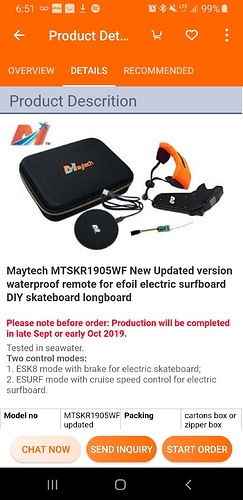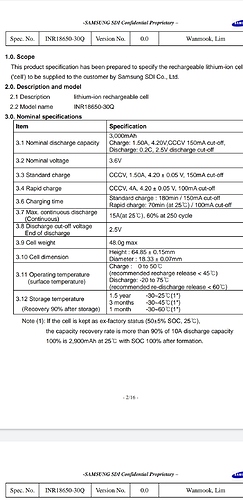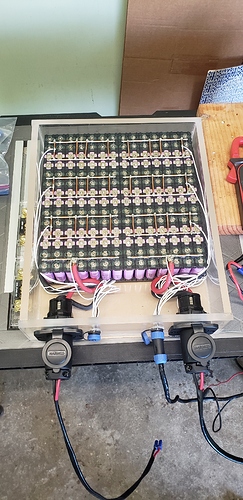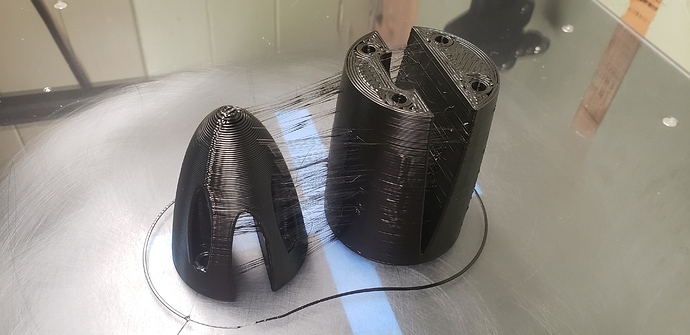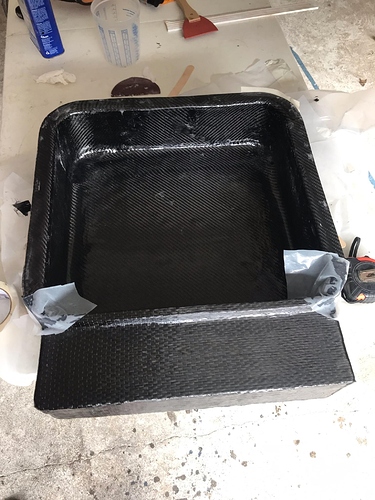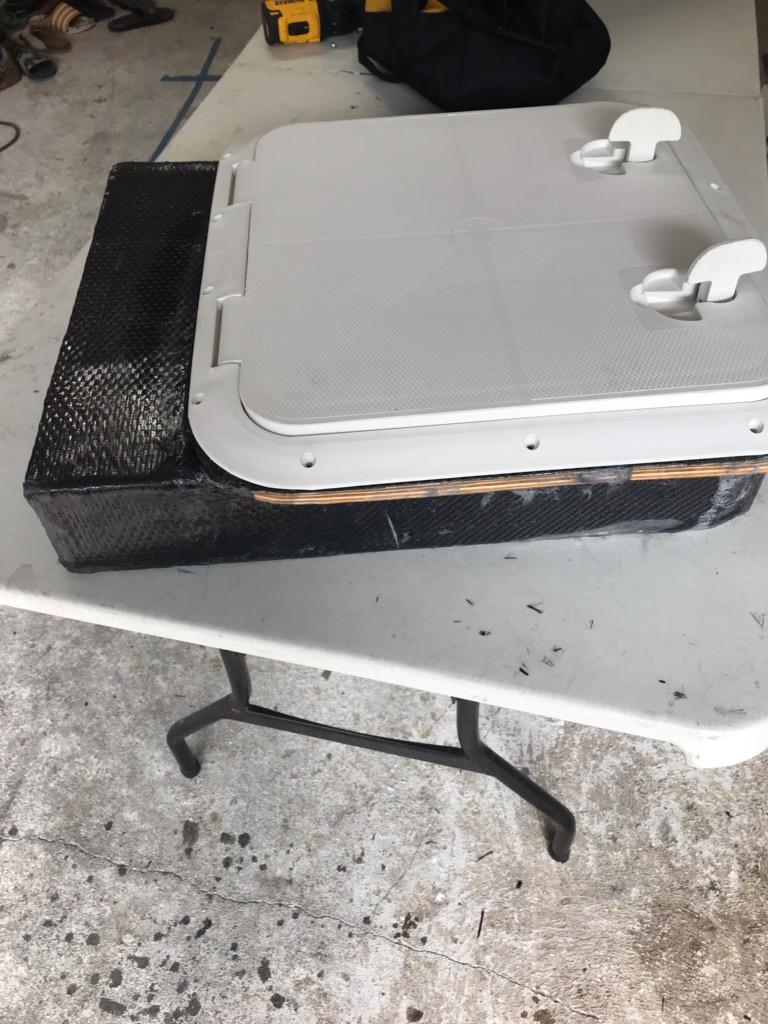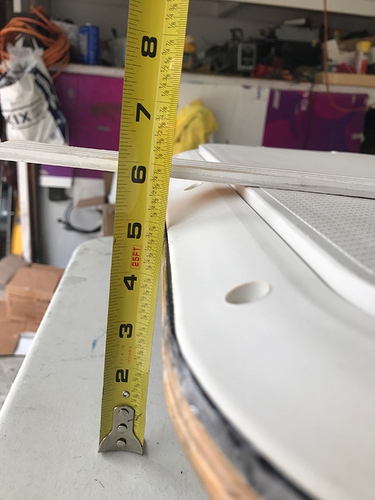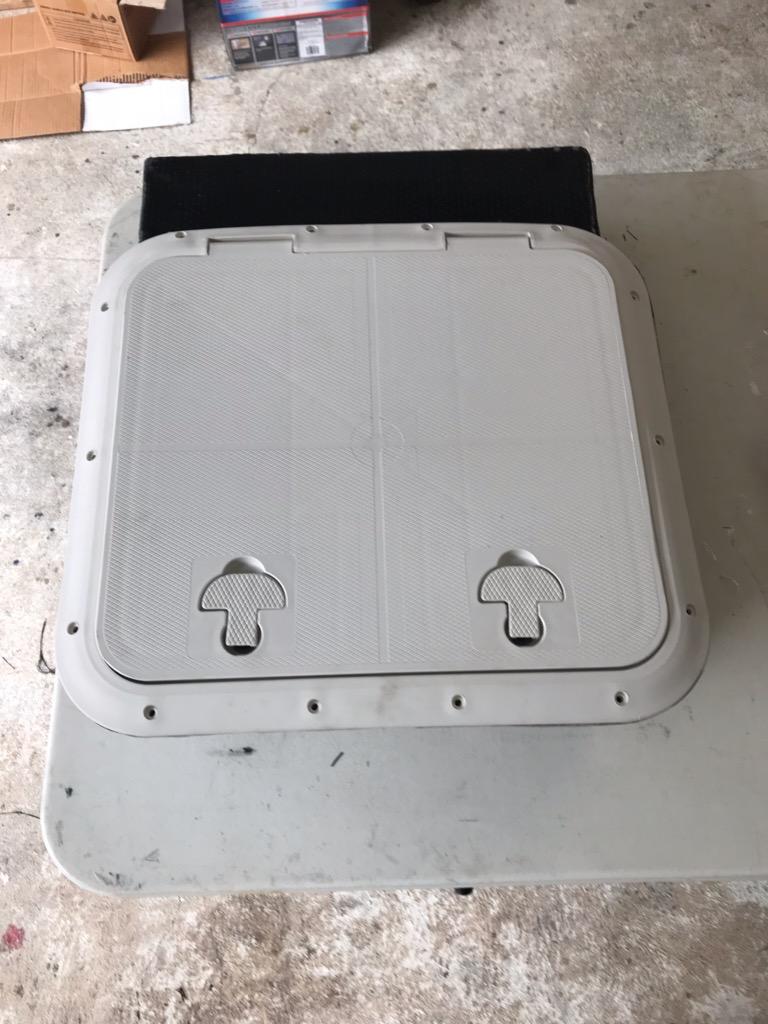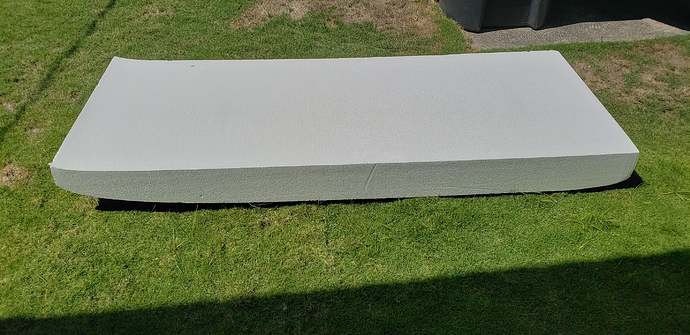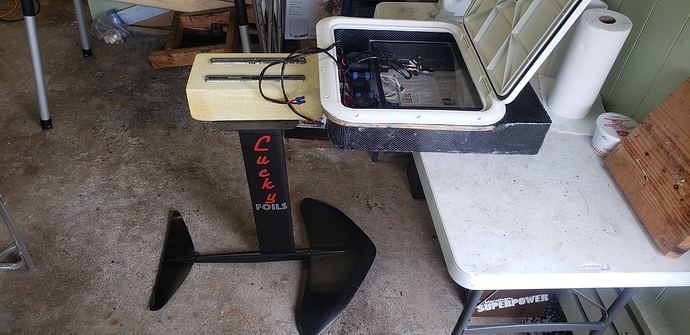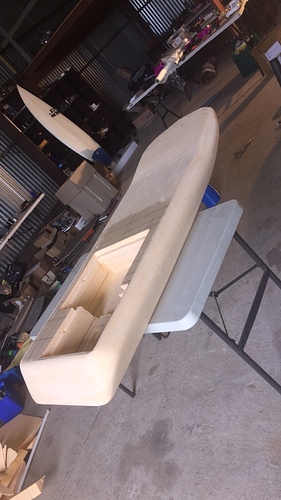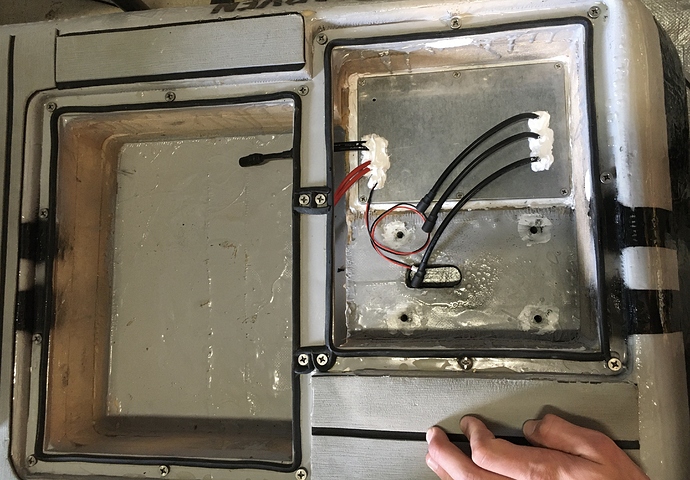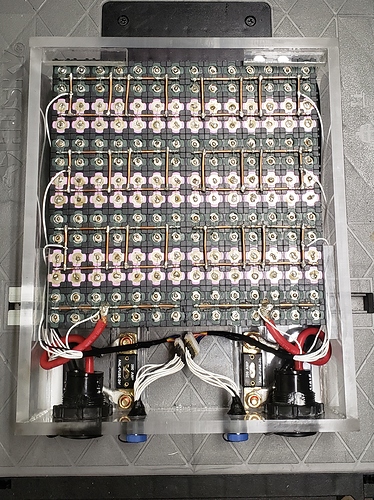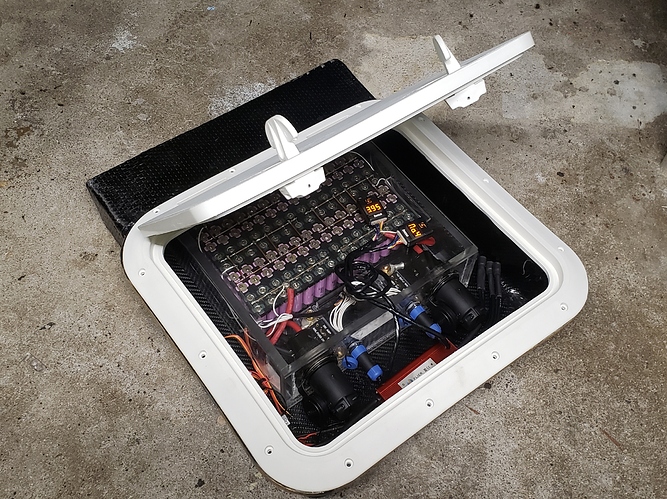I’ve been reading and researching for a long time. Just started my build a few months ago. This is my first e-foil build so I figured I’d start a new topic to randomly post things about this build as it progresses. Somewhere for others to maybe gain knowledge, and somewhere I can look back at my trials and tribulations…
Most of the commercial boards use direct drive motors. So I started looking for one I could afford. The FR motor was too expensive so I purchased the untested Maytech, Reacher, Flipsky, 65150 type motor.
The only waterproof remote I could find was the Maytech. I bought the version 2 which wasn’t out yet.
Bought the Flier 400A boat ESC because it’s been around for years and has a really good reputation.
Unfortunately it didn’t work with the 65150 motor and I had to spend a month with the company trying to get them to fix the problem. I think it’s useable now.
But, to my knowledge no one is foiling with this ESC motor combination yet.
Updates on this ESC to come.
For the battery I decided to go with the Samsung 30Q 18650 cells. Purchased from IMR. I tested them. Cells are authentic.
See my battery build topic for details:
I quickly realized that I needed a 3D printer. And needed to learn Fusion 360, and Slicing software. The learning of the software is still a work in progress. ![]()
![]()
This is the YAHEF mast clamp I printed after making some edits:
I am working with two friends who are also building their first e-foil boards. The pictures of the carbon fiber box was made by my friend.
We hope to shape our own boards and use this box and hatch to house the battery and electronics internally. This hatch is said to not be very waterproof. I will let you know how it works. I hope to do some modifications to make it waterproof, but I plan to waterproof everything that goes in this enclosure.
Foam blank.
I don’t know how to shape a board. But, I think I’m gonna try. Stand by for the outcome in future posts…


You are going to have a lot of money inside this box. Be sure it s waterproof 100%. It will save money, time and sometime injuries … 
Thank you. I totally agree. But, a little water shouldn’t be a problem if the battery and electronics are in their own waterproof boxes.
However I want a dry bilge! Taking on water is just gonna make this heavy beast even heavier! 

I want to get the battery placement right. I would prefer to error on the side of “too far foward”.
To the experienced e-foil builders, how does this placement look?
When I kite foil with this foil my center of mass is right inline with the front wing tips.
When kite foiling the kite is pulling me and I am dragging the board through the water. A lot of people get their board center of gravity wrong because they don’t take this into account.
With an e-foil board not only is the thrust on the end of a 90cm mast causing the nose to rotate up, but that force is propelling you foward, instead of the kite pulling rider and rider pulling board. This requires a much farther forward cumulative center of gravity of board and rider when on the throttle.
I think the location in this picture is roughly what I’m gonna go with but I hope to get some feedback from the guys who’ve already built an e-foil.
Thanks! 
P.S. I weigh 160lbs.
Where will the battery be in the compartment? At the very forward end?
I would say that is great placement. Pretty similar to mine.
Also, to shape the board, use a wood saw to help! and use it to e.g. cut an angle into the rear of the board, maybe 10cm from the back and 1.5 up from bottom edge. Cut the nose, maybe do 2 angles to make it look nice then for the sides, have a bigger cut on the bottom side and a smaller cut on the top. Once you do this with the saw, sand the edges and it will turn out mint. The saw makes it very accurate geometry and it really starts coming together once you get into it. Using a saw reduces sanding!
Here’s a pic of the placement I use.
Will you have any reinforcement for the foil mount? Should definitely have a reinforcement like an alu bar or similar running up the board/foil mount - there’s a lot of force there especially when you start pulling some G force carving sharply getting airborne and hitting the bottom which is bound to happen at times.
Yea. You can se the plexiglass box in the compartment. The battery slides all the way forward and comes back most of the way leaving just enough room for the electronics.
That high density foam with the tracks will be installed in the board. I plan to lay a layer of CF cloth in the hole, then put the track box in and connect that to the bottom skin. I’m thinking that should be pretty strong. Maybe I’ll do a few layers. I definitely want it to be strong. I plan to smash it into things… 

When you say use a saw are you talking about a skill saw, or jigsaw, or what? I like that idea.
I was gonna make plywood templates and try to borrow a friend’s foam wire cutter.
Haven’t hashed out the details yet.
Thx for the suggestions.
Nice! Its good you plan on smashing into things ![]()
I just use a hand saw like this:
https://www.bunnings.com.au/craftright-500mm-hand-saw_p5710074
Mark out lines for the saw to follow while the board is still rectangular and it ends up being more geometrically accurate on both sides than sanding the whole thing by eye. Its good to do the nose and rear first, then the sides, it all blends very nicely once you start, I actually find it one of the more enjoyable parts of making the board.
But if you can get a hot wire cutter that would be perfect for making the curve on the bottom of the board.
Is it 150mm thick?
Battery box is done. Ready to be sealed up and put to use. I’m almost ready for water testing of the propulsion unit. Gotta figure out how to measure the thrust. I better hurry up and shape my board!

Which connectors you using for the batteries for power and loadbalancing.?

